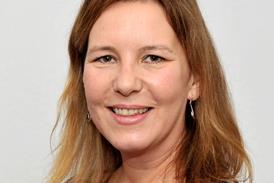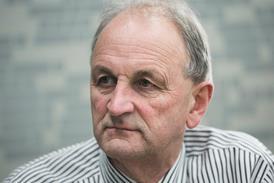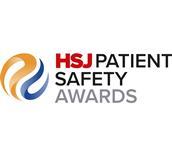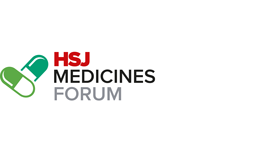The must-read stories and debate in health policy and leadership.
- Today’s chance to agree or disagree with HSJ: Our podcast’s predictions for 2022
- Today’s thoughts on inequalities: Covid highlighted issues faced by people with learning disability
“Call a friend” is the advice that some patients in the North East will have been given over the new year weekend. But they won’t be hoping to become millionaires – just to get to hospital.
North East Ambulance Service Foundation Trust – which has seen a dramatic rise in the number of staff off for covid-related reasons – is asking some callers whether friends or family could take them to hospital. But, while this has happened before when ambulance trusts are under pressure, this time it includes category 2 patients – who could be having a heart attack or stroke.
Staff are told to weigh up the risks of patients waiting for an ambulance against those of them being driven to hospital by someone else. In some cases, patients with covid symptoms are also being sent to hospital by taxi, which raises questions about infection control – and whether the taxi drivers are aware of this.
None of this is ideal, as NEAS would surely admit. But it is a sign of the relentless pressure ambulance trusts are under from the double whammy of high demand and staff having to isolate because of covid. Ambulance handover delays – although not a particular problem for NEAS over the new year, according to staff – can add to this.
It’s an awful situation but one which might be repeated across the country: an internal note to NEAS staff suggests that other ambulance trusts are thinking along the same lines.
London’s omicron slowdown
There was better news for London this week when data showed covid admissions had fallen in the city’s hospitals for the first time in over a month.
The national picture was also more positive, with the growth of the total rate also dropping for the first time since 18 December.
Figures over the Christmas and new year period need to be treated with some caution, says editor Alastair McLellan in his analysis, adding that the growth in admissions is still increasing at a rate higher than any seen during last winter’s wave.
Regional variations persisted, as admissions continued to rise most steeply in the North and Midlands.

























No comments yet